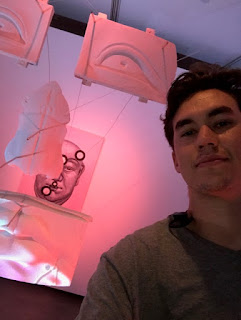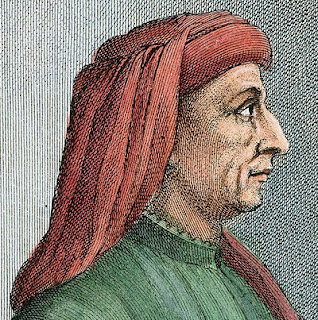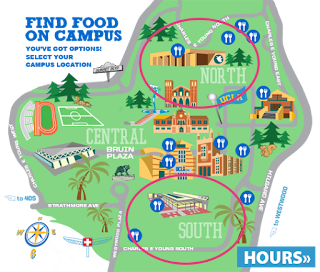Week 4 Medicine+Art

In this weeks lectures Professor Vensa discusses medicine and technology and explains how anatomy, x-rays, and plastic surgery correlate with art. Professor Vensa explains how "dissecting the human body was important for artist (Lec 1)." This gave artists a better understanding of the internal picture of the body and allowed them to illustrate the inner layers of a human. As technology advanced a german man by the name of Wilhelm Conrad Rontgen discovered x-rays "while experimenting with electrical currents through glass cathode-ray tubes (HowStuffWorks)." This new technology enabled artists to illustrate accurate artwork of a skeleton. Plastic surgery was another topic of medicine that influenced art. Orlan is a woman who "started a series of surgical performances... in which her objective was to embody and envision beauty created by renown painters throughout the history (Lec, 3). I never looked at anatomy as a connection to art, but after listening to P



